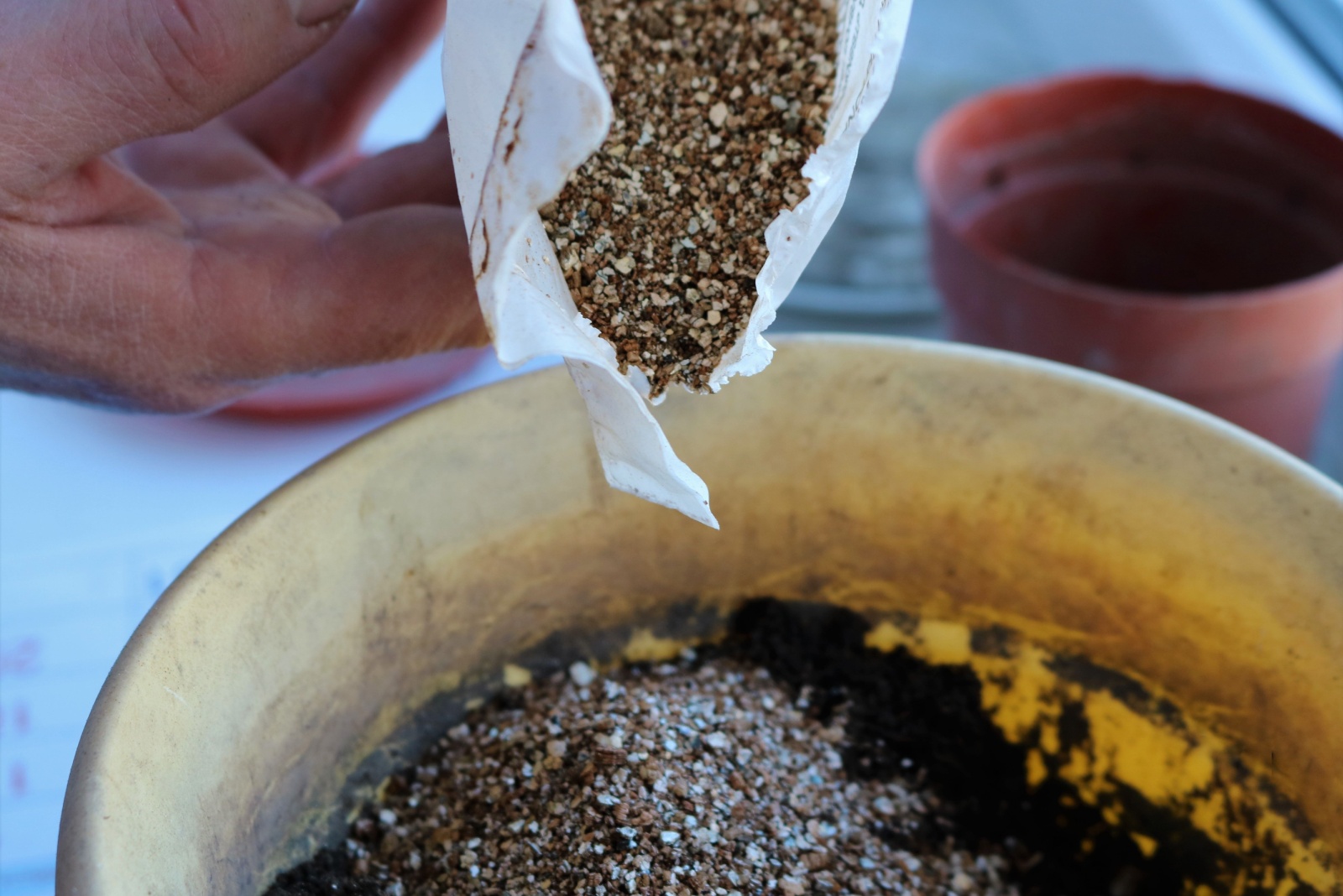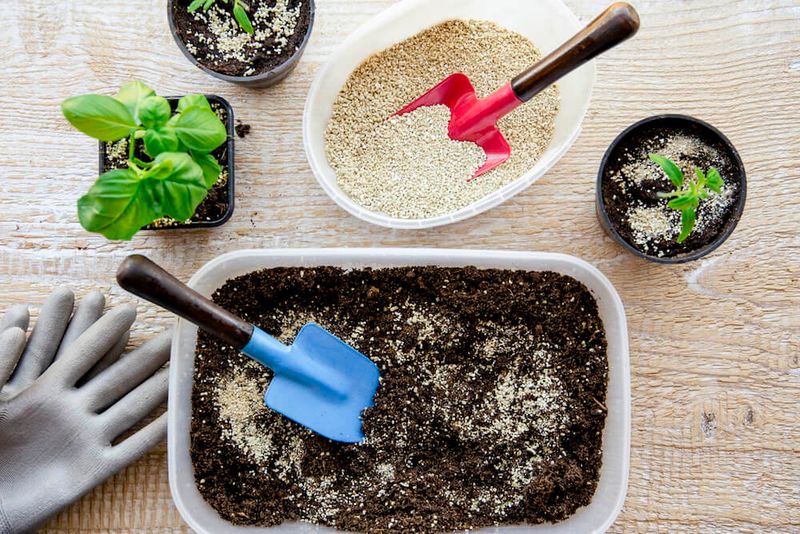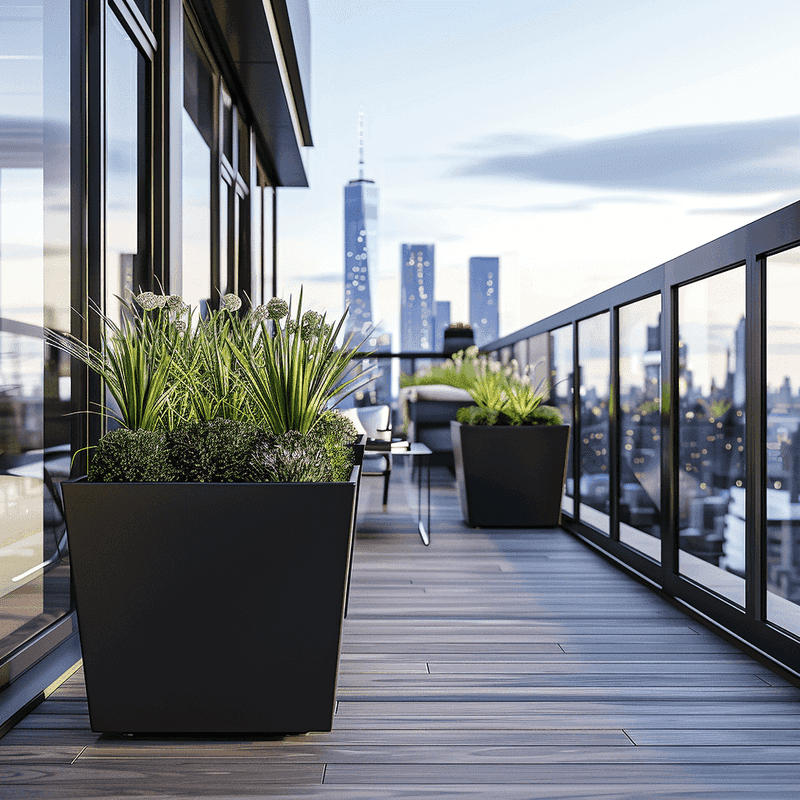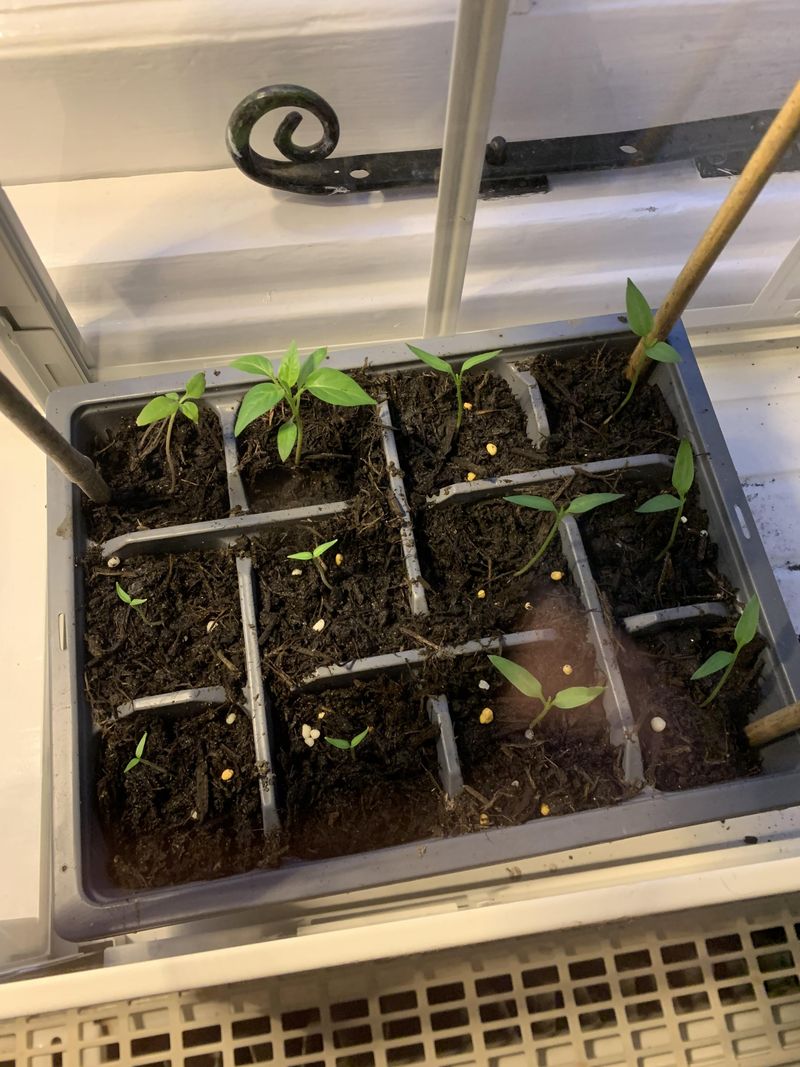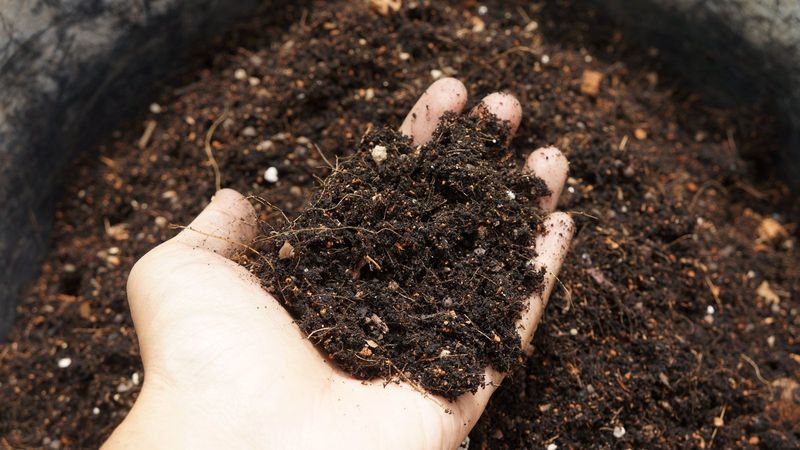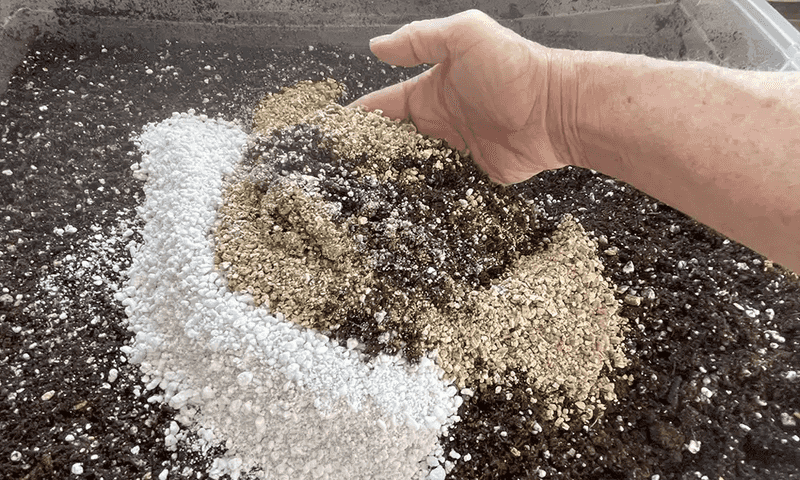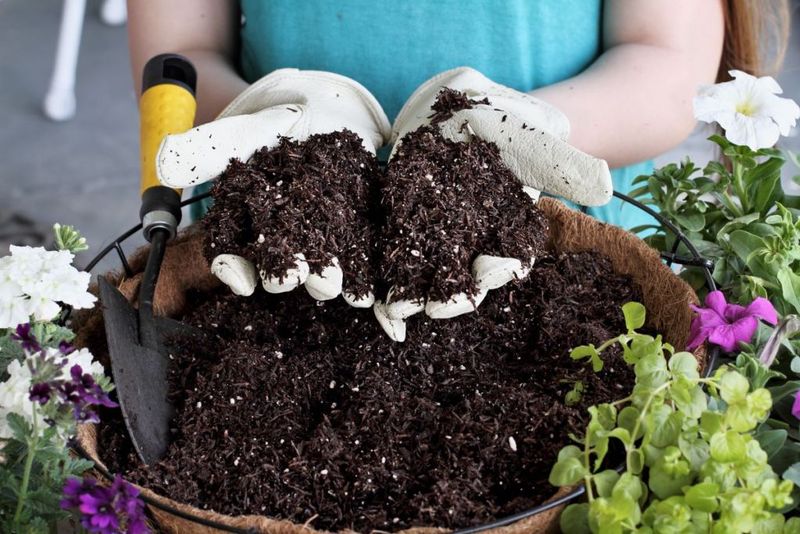New York gardeners face unique challenges with our distinct seasons, limited growing space, and the urban heat island effect. Many of us garden in containers on balconies, rooftops, or small backyards where soil quality and maintenance become crucial factors.
Vermiculite, a lightweight mineral that expands when heated, has become a secret weapon for many local plant enthusiasts. I started adding it to my potting mix last spring, and my container herbs survived the brutal July heat wave much better than in previous years.
Whether you’re growing tomatoes on a fire escape or nurturing houseplants in a Brooklyn apartment, vermiculite might be worth considering. Here’s why many New York gardeners are incorporating this soil amendment into their potting mixes.
1. Superior Water Retention During Hot City Summers
The concrete jungle traps heat, making New York summers particularly harsh on container plants. Vermiculite acts like a sponge, holding moisture where roots can access it without becoming waterlogged.
I noticed my balcony basil plants needed watering half as often after adding vermiculite to their pots. For busy New Yorkers who can’t water daily, this moisture-retaining property is a game-changer, especially during July and August when temperatures regularly climb above 90°F.
2. Lightweight Solution For Rooftop Gardens
Many apartment dwellers create gardens on rooftops where weight restrictions are a serious concern. Regular potting soil can become surprisingly heavy, especially when wet.
Adding vermiculite lightens the load without sacrificing plant health. My friend’s Chelsea rooftop tomato garden thrived after switching to a vermiculite-amended mix. The containers were easier to move around to catch optimal sunlight patterns that shift between tall buildings throughout the growing season.
3. Perfect For Starting Seeds Indoors During Long Winters
Starting from seed helps New Yorkers extend our relatively short growing season. Vermiculite creates an ideal environment for germination because it maintains consistent moisture while allowing just enough air circulation.
Last February, I started pepper seedlings in a vermiculite-perlite mix on my windowsill. The gentle support provided by vermiculite helped delicate roots establish without rotting, which had been my downfall in previous years. By April, I had sturdy seedlings ready for bigger pots.
4. Combats Soil Compaction In Container Herbs
Apartment-dwelling herb gardeners know the struggle of keeping soil from compacting in small containers. The resulting poor aeration stresses plants and limits growth.
Vermiculite’s structure creates permanent air pockets that resist compression even with repeated watering. My kitchen windowsill parsley and thyme showed remarkable improvement after I remixed their soil with vermiculite.
The looser texture allowed roots to spread more extensively, resulting in bushier plants and more abundant harvests.
5. Balances PH For Acid-Loving Houseplants
New York tap water tends to be alkaline, gradually raising soil pH over time. This creates problems for acid-loving houseplants like gardenias and azaleas that thrive in many Manhattan apartments.
Vermiculite has a naturally neutral pH that helps buffer against these changes. When I repotted my struggling African violets with a vermiculite mix, their leaves regained color within weeks.
The mineral’s ability to trap and slowly release nutrients also reduced the leaching effect that occurs with frequent watering.
6. Extends Fertilizer Effectiveness Through Changing Seasons
New York’s dramatic seasonal shifts mean indoor-outdoor container plants need different nutrients throughout the year. Vermiculite’s unique structure acts like tiny reservoirs that store fertilizer and release it gradually.
My container-grown strawberries produced all summer long with just two fertilizer applications after I added vermiculite to their soil.
This cation exchange capacity (a fancy term for nutrient-holding ability) means plants receive steady nutrition rather than feast-or-famine cycles, reducing waste and saving money on expensive fertilizers.

